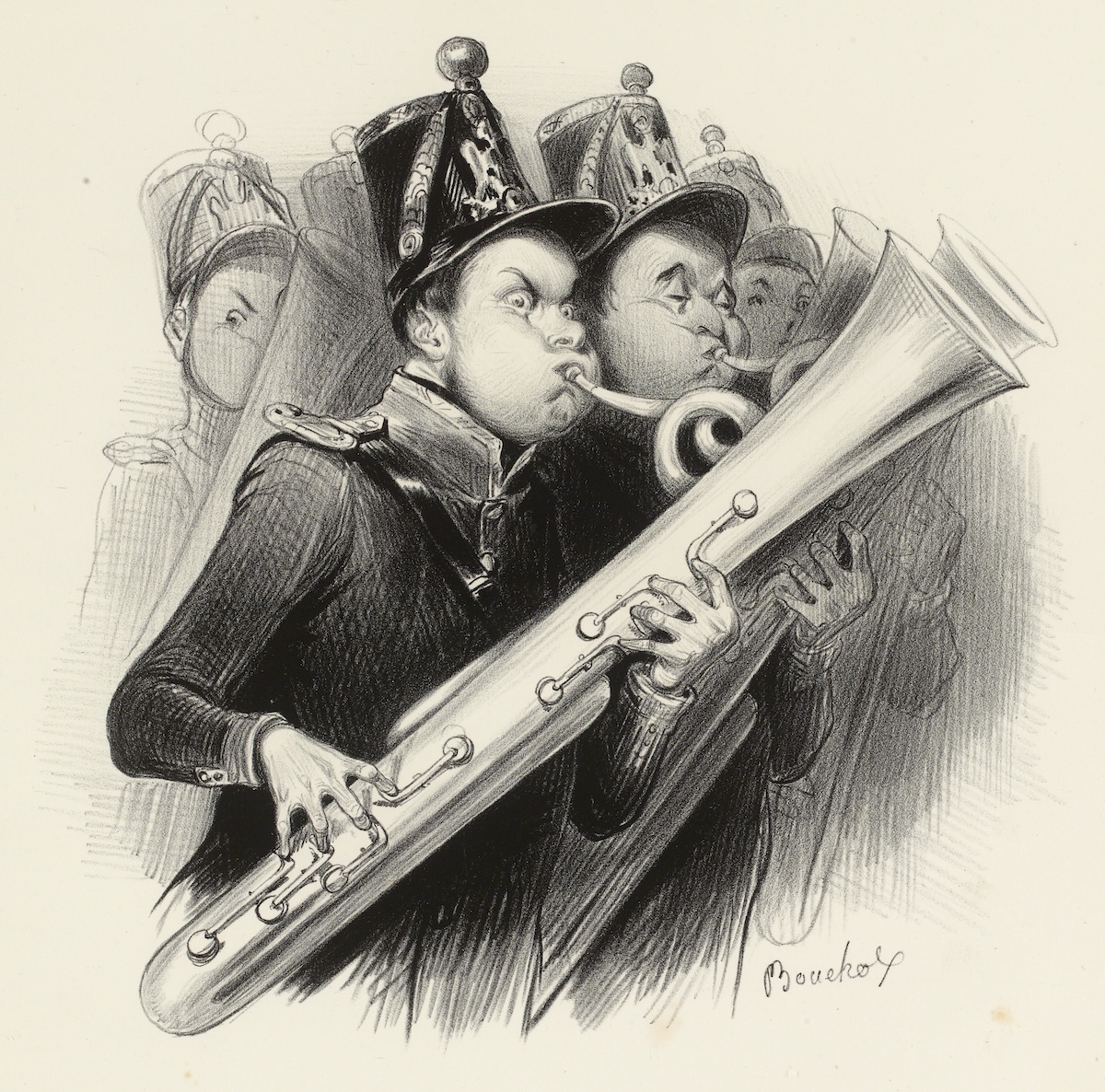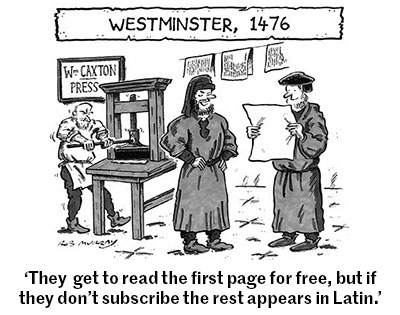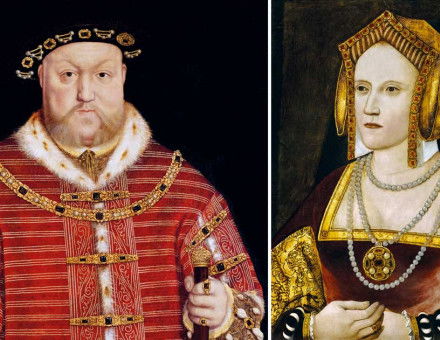Adolphe Sax’s Brass Wars
A battle of wills between Adolphe Sax and musical instrument makers in 19th-century France saw an unprecedented legal contest unfold.

The largest legal confrontation in 19th-century France began not over revolutionary machines or innovative pharmaceutical products, but musical instruments. This was a time when the economy was in a state of significant acceleration – what would come to be known as the second French Industrial Revolution. The July Monarchy was concerned about the growing discontent of intellectuals, politicians, and businessmen who could channel the rage of the working class. Keen to hold onto power, the monarchy sought ways to limit the influence of those merchants and industrialists who might have Republican sympathies.







